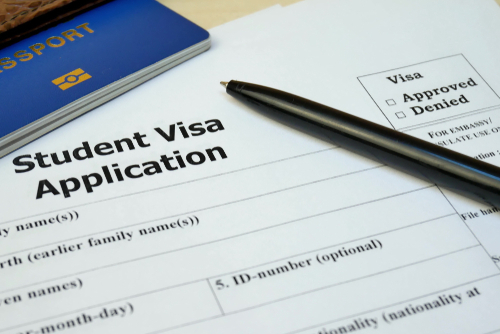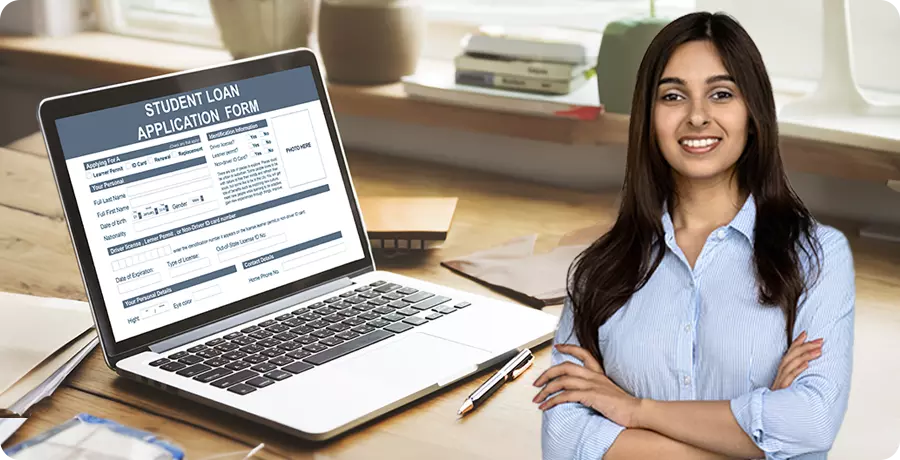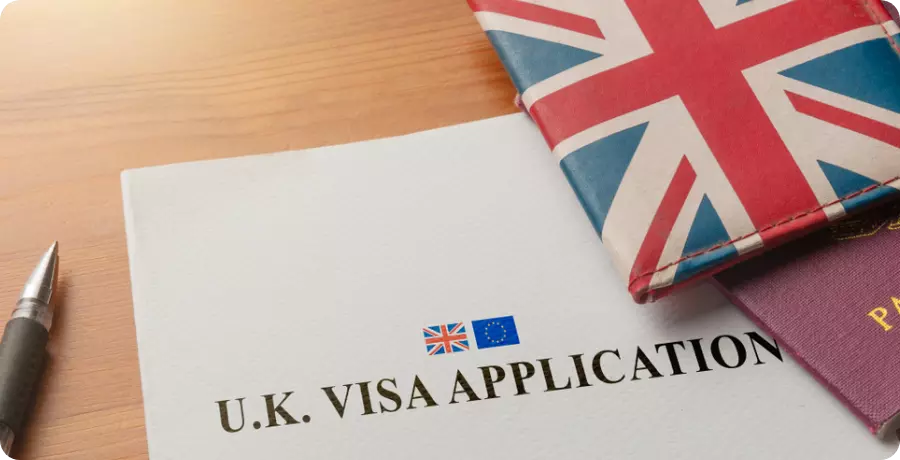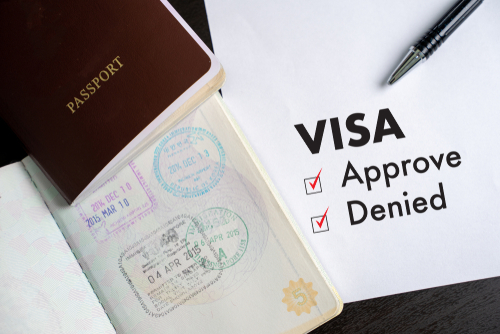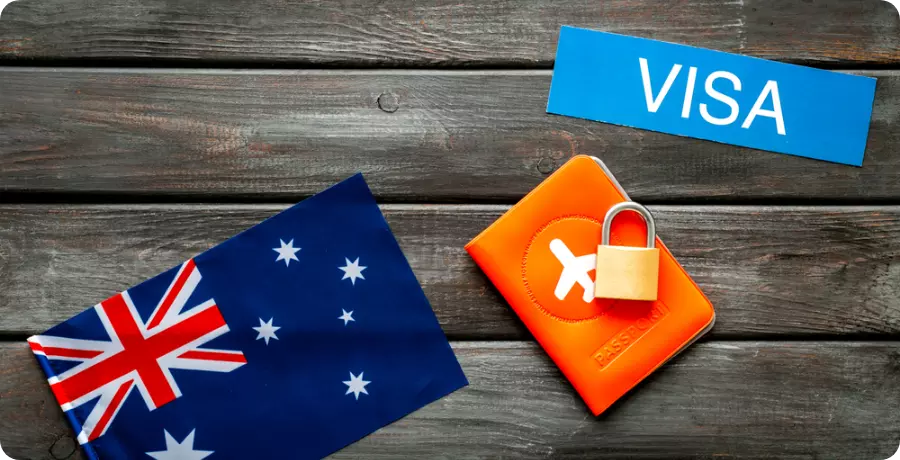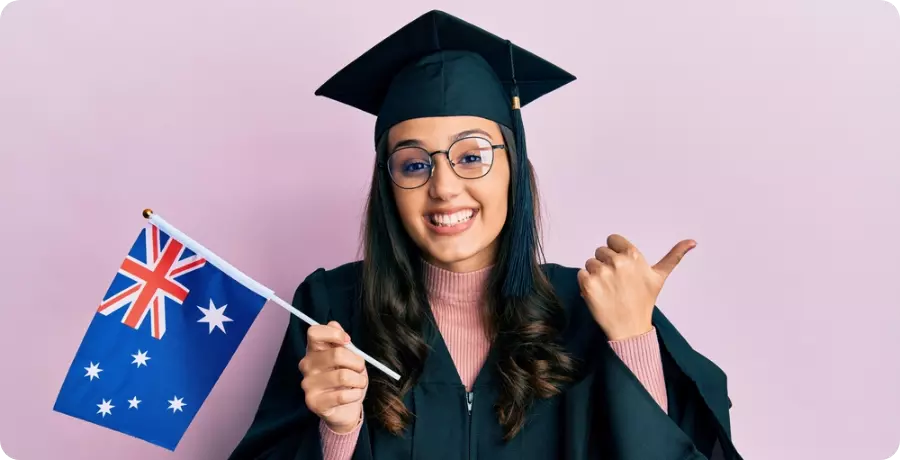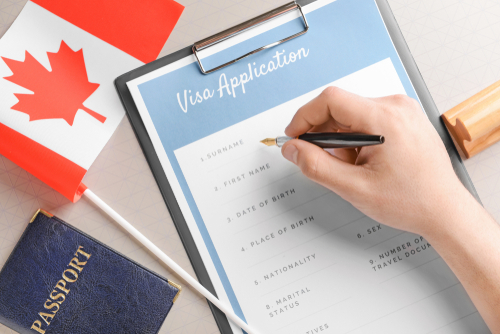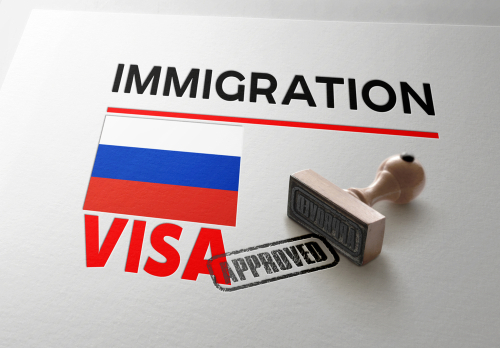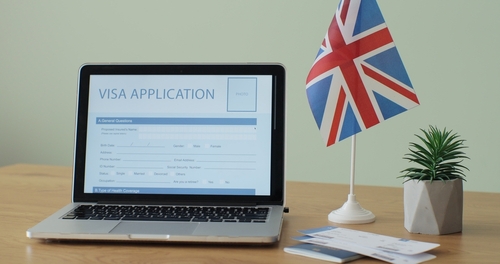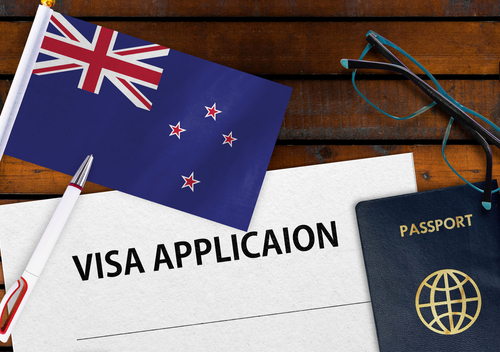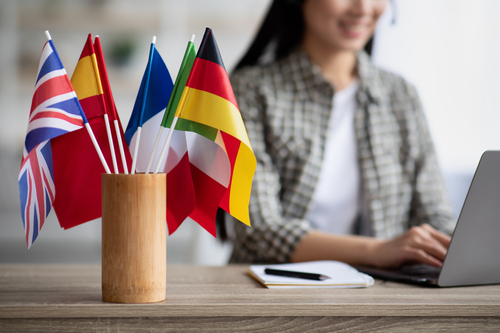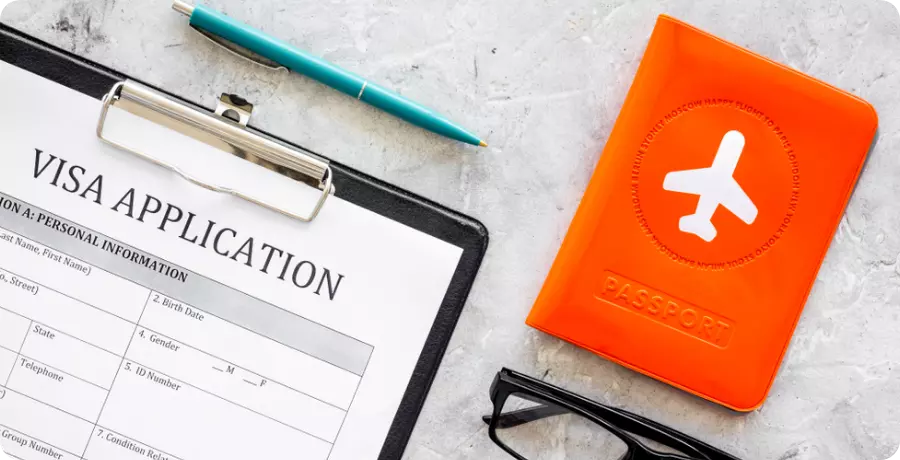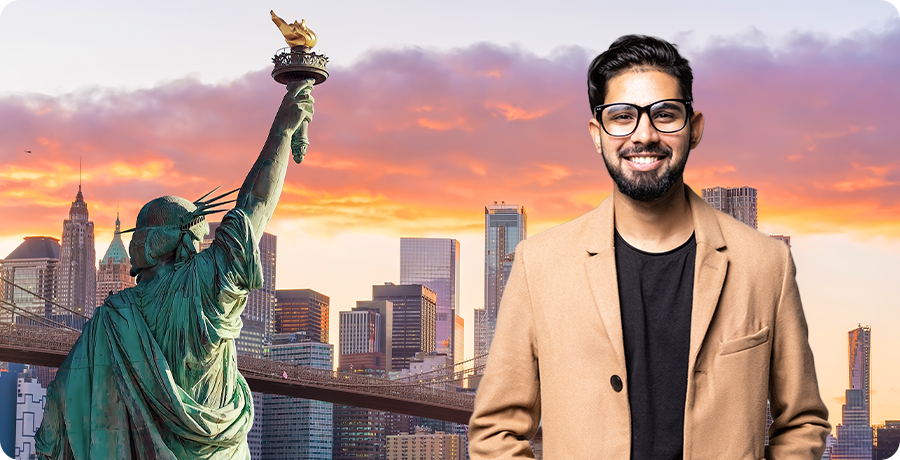Different Types of Student Visas in the USA
The United States of America continues to be the top choice for Indian students who wish to study abroad. The friendliness of the Americans, coupled with the sizeable Indian population there, makes the country a good choice for candidates who will presumably be away from their families for the first time.
After a candidate has got admission to their preferred American university, it is time to start the Visa approval process. The different types of Student Visas to the USA are mentioned below. The candidate should apply for one that is the most appropriate.
F1 Student Visa
Students who are planning to get into a study program or course that will have them study for more than 18 hours a week have to apply for this type of Visa. This means that if a student is applying to study for an undergraduate or graduate program like an MS or an MBA, then they will have to apply for this Visa.
Children or spouses of someone in the United States with the F1 Student Visa will have to apply for the F2 Visa. Children or spouses of F1 Student Visa holders will, not be able to work but may apply for their Visa to work after reaching the States.
J1 Exchange Visitor Visa
A student who is pursuing an exchange program should apply for this Visa. Visiting lecturers and scholars should also be able to get this Visa. Students of Indian descent who want to go to the United States for a shorter study program can apply for this type of Visa. Fullbright scholars should also do the same.
This is the type that a working professional gets to travel to America on an exchange program. This may include research fellowship, vocational training, and similar things.
Children or spouses of someone who goes to the United States on the J1 Visa are allowed to work there as long as they get prior permission.
M1 Vocational Visa
This is also known as the non-academic student Visa, and it is given to get education and training in technical and vocational schools. It is usually reserved for candidates who want to study in technical and vocational schools. This particular type of Visa will be time-stamped, which means a candidate cannot overstay in the country on this Visa.
Fee for Student Visa in the USA
No matter which type of Visa the student applies for, they will have to fork out the same Visa application fee. At present, this stands at $160. In addition, one has to pay the SEVIS fees,, which are currently $350 for the F1 and the M1 Visa. The SEVIS fee for the J1 Visa will be $220.
A spouse or dependent going to the United States on an F2 or J2 Visa is exempt from paying the SEVIS fees.
USA Student Visa – Application Process
The application process for a student Visa to the United States of America will be done in the following steps.
1: Apply for an Online Visa
This is the first step for getting a Visa to the USA. One needs to fill up and submit the online application form. Then the form has to be printed and brought to the interview. A photograph of the candidate also needs to be uploaded during this process. The photograph must meet the requirements.
2: Interview Schedule
One of the most important things a candidate who wants to go to the United States to study needs for their Visa is to go for an interview. Some Indian candidates for a US Study Visa may not have to sit for the interview in case they are less than 13 or more than 80 years of age.
The candidate has to schedule an appointment for an interview with the US Consulate or the US Embassy. Do this within India because it will be easier to get approved for a Visa this way. It is best to apply for the interview early because there may be a long waiting period.
As new student, candidates can get their Visa approved 365 days before the start of their course. However, they will usually not be allowed to enter the country 30 days before the start of the program.
For a continuing student, a student Visa may be given at any time as long as they are enrolled in an American institution and have paid their SEVIS fees.
3: Collect All Required Documents
Several documents are required for getting approved for a Student Visa in the USA. It is crucial to collect them and keep them on hand to be submitted as and when asked for. The details of the required documents are mentioned in the later part of the article.
4: Visa Interview
Acing the Visa interview may be stressful for most Indian students but it is mostly a formality where the consular officer will decide whether one is eligible for the Student Visa. The interview is a chance to establish that one is eligible for a study Visa under US Laws.
Expect digital fingerprint scans done as part of the interview process.
After the Visa interview, the authorities will decide whether the candidate will be approved for a Student Visa or if further administrative processing is required. In any case, the candidate will be informed of the same.
When the Student Visa gets approved, there will be the need to pay a Visa assurance fee.
5: Visa Approval
Getting a Student Visa approved does not mean that one has guaranteed entry to the States. The US Customs, Border Protection, or the Department of Homeland Security can still stop one.
![Visa Process For International Students To USA]()
Required Documents for Students Visa in the USA
There are several documents one will require for Student Visa in the USA.
- Passport: It should be valid for travel to the United States. The passport must be valid for at least 6 months beyond the candidate’s stay in the States. This is essential.
- Form DS-160: The confirmation page for the form must be printed and taken along with the candidate for the interview.
- Photograph: One will also need to carry a printed photograph. Though Form DS160 will have them upload a photograph digitally, it is best to carry a printed one to be submitted as and when necessary.
- Form I-20: This has to be duly filled out and signed by the candidate and the school
Additional documents may be needed if the consulate officer asks for this.
- Educational documents such as degrees, diplomas, certificates, and transcripts.
- Scores of standardized tests
- Proof of finances will showcase how the candidate will pay tuition and living costs during their stay in the United States.
1. Checklist for US Student Visa
For an Indian student who is perhaps going abroad for the first time, it can indeed be a little overwhelming. That is why having a checklist handy for getting a US Student Visa can be very helpful.
2. Personal Identification Documents
An Indian candidate will need their passport, MRV fee receipt, DS-160 confirmation slip, Visa interview letter, SEVIS Fee recipe, and a passport-size photograph that meets the requirements.
3. Educational Degree Documents
An Indian student who wishes to go to the United States of America on a Student Visa will require the following educational documents: 10th and 12th mark sheets and certificates, GMAT/SAT/GRE scores, English language proficiency test scores, and bachelor’s degree certificate or consolidated certificate stating marks obtained in the latest exam they sat for in case they want to enroll for a postgraduate program.
4. Work-Related Documents
If one is working or has work experience and wishes to get a Study Visa to the USA, they will need to get documents such as salary slips, joining letters, and relief letters.
5. Proof of Finance Documents
Some of the proof of finance documents required will be loan application letters, past 3byear;’;s savings bank account statements, tax returns for the last 3 years, as well as property documents to show that the student has the financial capacity to pay their tuition fees and living costs for the length of the course of the program they want to attend in the United States.
What to Do In Case An Indian Student Needs An Extension Of The Study Visa To The USA?
It is possible to extend one’s stay even after the length of the Study Visa is over. However, applying for an extension while there is time left is necessary. The extension can be applied through the U.S. Citizenship and Immigration Services. It is extremely important to depart the country before the Visa becomes out of status.
At Sulekha.com, get the best and most expert educational counselors online to help with the dream of studying in the United States of America. India has a huge number of students going abroad every year, and the highest number of these happen to go to the States. Sulekha.com is experienced in all matters regarding sending students abroad and they can provide great help.
